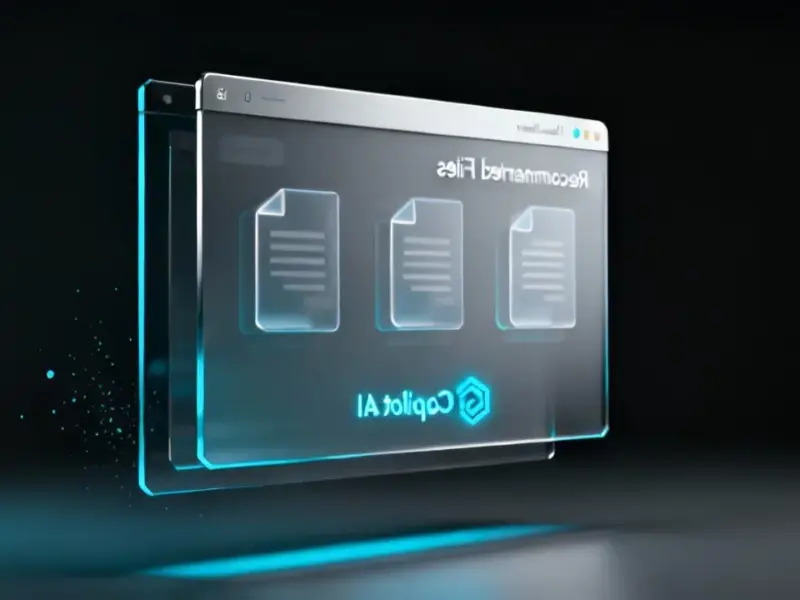According to Windows Report | Error-free Tech Life, Microsoft has released KB5070303 for Windows 11 version 25H2 Build 26220.7262 for Insiders in the Dev and Beta channels. The update adds HD voice support for Narrator and Magnifier accessibility tools while giving Narrator the ability to read matches in Microsoft Word. Most notably, it introduces a dedicated toggle for “Experimental agentic features” located under System > AI Components that lets users control whether agents can access new Windows-level automation capabilities. The update also completely redesigns the Click to Do context menu with a simpler layout that highlights common actions like Copy, Save, Share, and Open. Microsoft is providing optional documentation through their support channels for users who want to understand these new automation features better.
That AI toggle is actually a big deal
Here’s the thing about that AI Components toggle – it’s Microsoft’s way of testing the waters with agentic features without freaking everyone out. They’ve been getting serious backlash about making Windows too automated, and this gives Insiders a clear off switch. Basically, if you don’t want Windows agents doing things automatically in the background, you can just flip that toggle off. It’s smart positioning – they can develop these features while giving users the illusion of control. But let’s be real – how many average users will even know this toggle exists once these features roll out to the general public?
The context menu gets smarter too
The redesigned Click to Do menu is actually pretty clever. By automatically popping up when large images or tables appear, it actually reduces clicks rather than adding them. And highlighting the most common actions means less hunting through nested menus. This feels like Microsoft learning from years of cluttered right-click menus that nobody could navigate properly. The question is whether this automation will actually understand what users want to do most of the time, or if it’ll just become another annoying pop-up.
Where is Microsoft taking Windows automation?
Look, Microsoft isn’t just dabbling in AI features – they’re building an entire agentic operating system. The fact that they’re creating system-level capabilities for automation suggests they envision Windows eventually handling routine tasks without user intervention. Think about file organization, software updates, or even basic troubleshooting happening automatically. For businesses running complex operations, this level of automation could be huge – which is why companies that specialize in reliable computing solutions are paying close attention. The real test will be whether Microsoft can make these features actually useful rather than just another layer of complexity.
What comes after the Insider testing?
Since this is only available to Dev and Beta channel Insiders right now, we’re looking at Microsoft’s testing phase. They’ll gather feedback, see what breaks, and probably refine both the AI features and the user controls. The official Windows Insider blog post mentions this is part of their broader AI integration strategy. So we can expect more of these agentic features to trickle into future builds. The big question remains – will users actually want their operating system making decisions for them? Or is this another case of technology solving problems we didn’t know we had?




